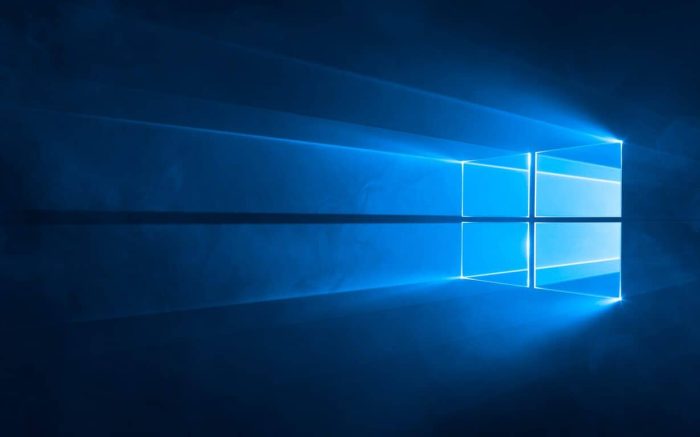Next generation Kaby Lake and Zen CPUs will only support Windows 10: here’s why
3 min. read
Published on
Read our disclosure page to find out how can you help Windows Report sustain the editorial team Read more

After Intel launched it’s 6th Generation “Skylake” CPUs, Microsoft announced that only Windows 10 would be supported for this latest generation and all generations going forward. This irked many Windows 7 and 8.1 users. It felt to some that Microsoft was forcing their hand to upgrade to a Windows 10 PC.
Microsoft promptly reversed course and announced they wouldn’t end Windows 7 and 8.1 support in 2018 as planned. Instead, Microsoft will support Windows 7 and 8.1 on “Skylake” processors for the entire lifespan.
But there was an important exception to this about face as it only applies to 6th Generation CPUs. Future generations, such as Intel’s Kaby Lake processors and AMD’s Zen CPUs, “will indeed only by supported on Windows 10.” But what does “supported” really mean and why is Microsoft drawing a line?
Kaby Lake and Zen
Marco Chiappetta at Hot Hardware dove into next-gen CPU features to find out what Windows 10 only support means. There are a few key takeaways from the in-depth article which you can read here. First, Kaby Lake and Zen are still X86 processors, so operating systems other than Windows 10 should still be able to run on them. Chiappetta stresses there is a distinction between “support” and “compatibility.”
Microsoft is only optimizing Windows 10 to support Kaby Lake and Zen’s new features. And there is likely very good technical reasons for this. Chiapetta explains, “both of these microarchitectures have new features and technologies that require significant updates to Windows 10 to optimally function.”
Intel is updating features like Speed Shift and Turbo Boost Technology 3.0. And AMD is introducing “fine-grained clock gating.” Chiapetta notes this will require “more than just basic driver support.” These feature updates allow for improved capabilities like quicker transitions between power states, prioritizing critical workloads between CPU cores, and new multi-threading technology.
And these new hardware technologies are going to require Microsoft to make significant updates to the Windows kernel and system scheduler. It only makes sense for these new technologies to be supported on Microsoft’s newest operating system. Windows 7 is already past the halfway point in its lifecycle, meaning Microsoft is only committed to security updates, not feature updates. And Windows 8’s small market share has only shrunk even more since Windows 10 came out.
Microsoft may have been over-eager and downright annoying in trying to convince people to upgarde to Windows 10. But the absence of Windows 7 and 8.1 support on Kaby Lake and Zen CPUs is something far different, and much more sensible.








